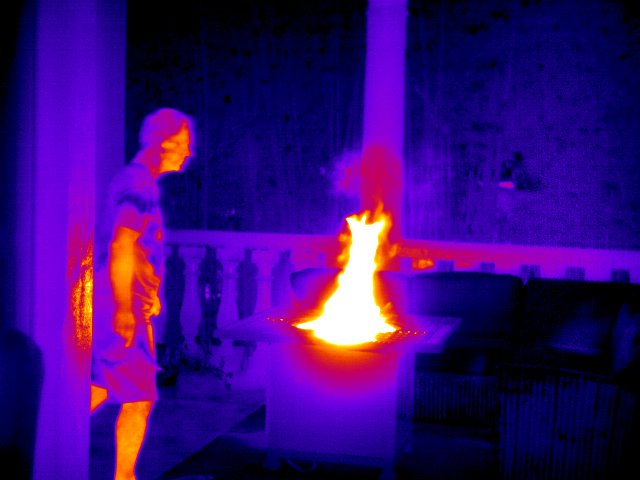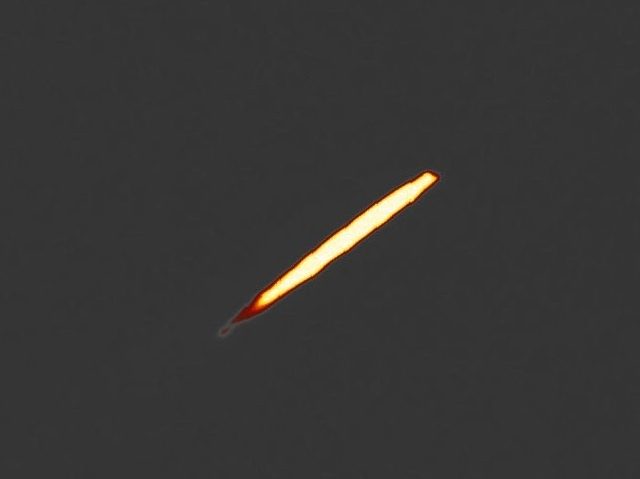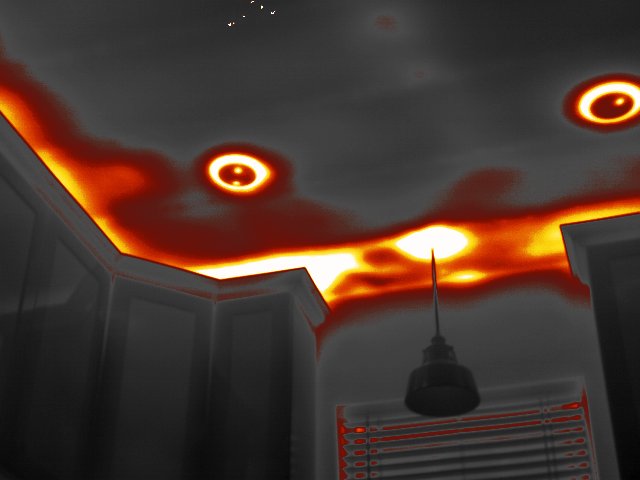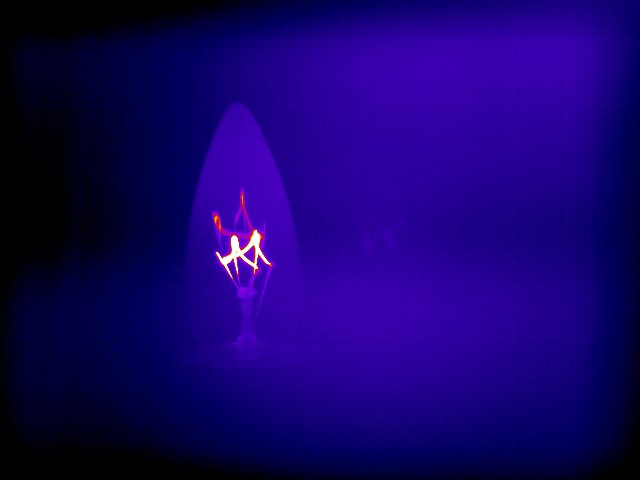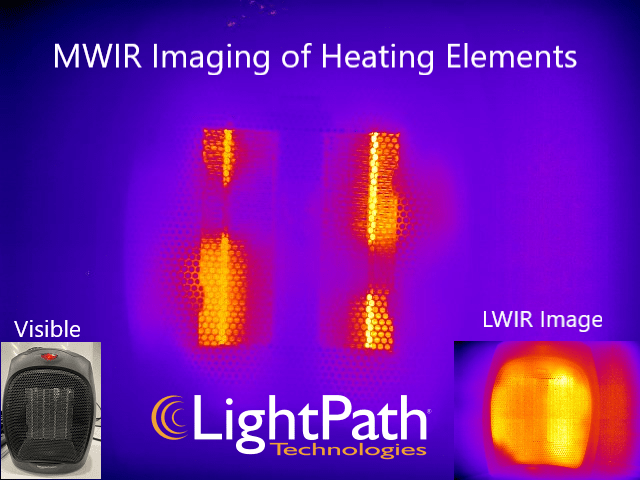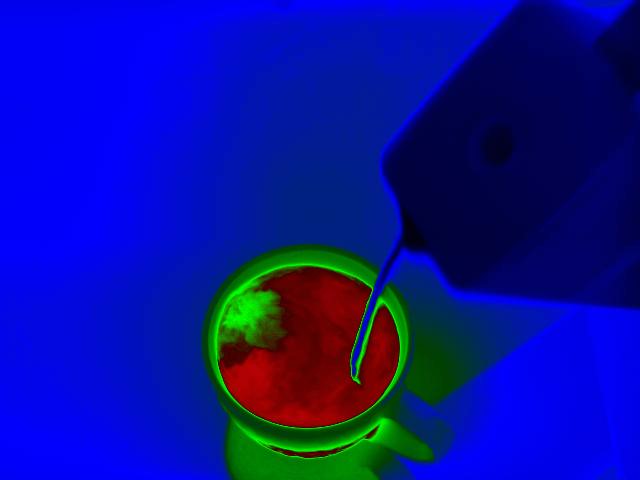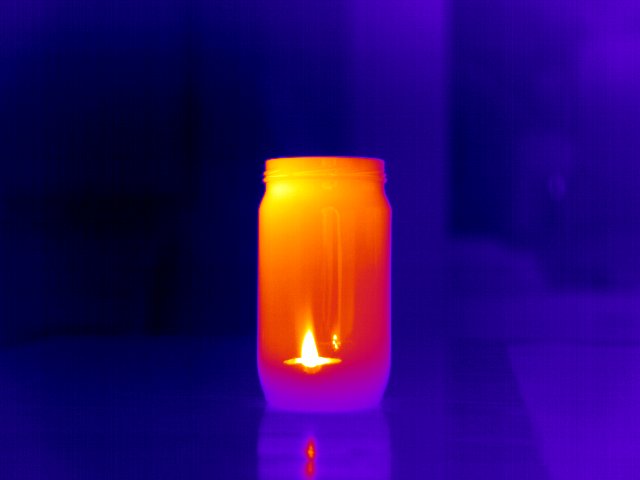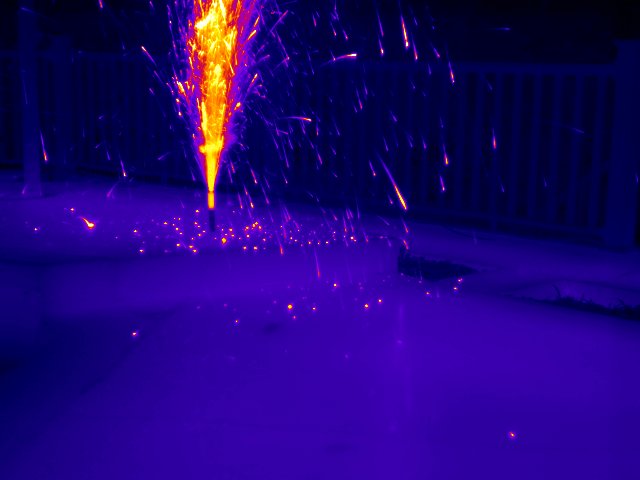Uncooled Broadband,
Overview
- Uncooled infrared camera, covering the entire 2-12µm range
- VGA (640 x 480) Resolution
- Color corrected over entire range – does not require re-focusing for different wavelengths
- 19mm, F1.1 or 75mm F1.0 standard lens options. Other lenses available upon request.
- CameraLink video output. Other options available upon request.
- Utilized LightPath’s Proprietary Infrared Glasses
Specification
| Camera | |
|---|---|
| Format | 640 x 480 pixels, 17 µm Pixels |
| Detector | Uncooled Microbolometer |
| Spectral Range | 2 – 12 µm |
| Frame Rate | 30 fps (60 fps and 9 fps optional) |
| Video Output | CameraLink Analog (USB Vision, GigE and other options available) |
| Controls | USB Communication, GUI software |
| Lens* | Wide Field | Narrow Field |
| Focal Length | 19 mm | 75 mm |
| F/# | 1.1 | 1.0 |
| Field of View | 24° x 32° | 6° x 8° |
| Other | |
|---|---|
| Warm Up Time | 2.5 seconds |
| Input Voltage | 5-18 V DC |
| Size* | 2” x 2” x 3” Camera; Lens Ø1”, 1” Length |
| Weight | <500 grams |
| Power Consumption | < 1.1 Watt |
| Mechanical Mounting | ¼-20 |
| Lens Mount | M25 x 0.5 |
| Connector | CameraLink, |
| NETD | <50mK for LWIR; <110mK for MWIR |
| *Dimensions are for the narrow field version. |
*Standard lens shipped with camera, other lenses available upon request
Advantages of Broadband Imaging
All objects emit a thermal blackbody radiation, which is mostly in the infrared. Depending on the object’s temperature, that radiation will cover the infrared spectrum, with portion of that temperature in the mid wave window (3-5µm) and a portion of it in the long wave window(8-12µm).
Cameras that operate in only one waveband capture only the signal in that specific waveband. By using a broadband camera, with optics that is color corrected across the entire spectrum, one can capture simultaneously both the part of the signal that is in MWIR as well as the signal in the LWIR. In the illustration below, a Mantis camera that images both in the mid wave as well as the long wave, will capture a signal of an object at 250°C that is 75% higher than a similar uncooled camera that images only in the LWIR. The impact of this can be seen in the two plane images below, showing a much stronger signal captured by Mantis, compare to an LWIR camera.
Application Examples
Downloads
Contact




